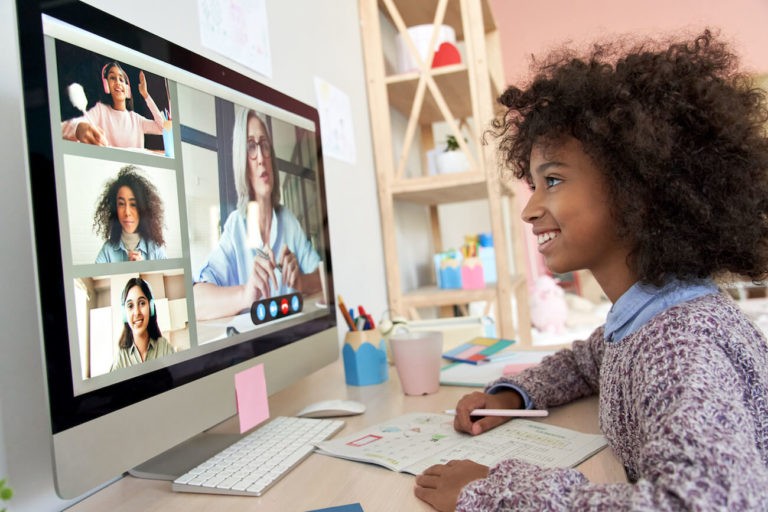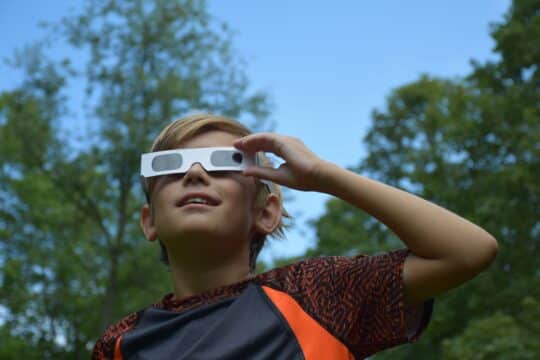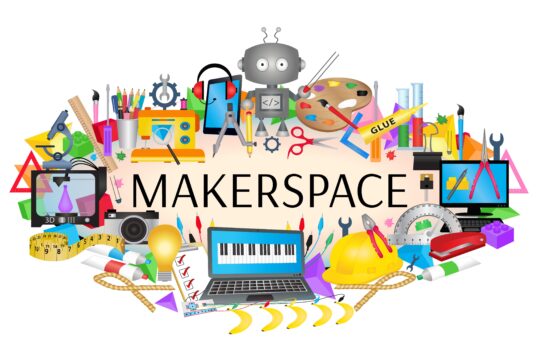Schoolhouse Rock’s “I’m Just a Bill on Capitol Hill,” a time honored tradition for most people growing up in the American educational system, is considered one of the most famous single educational resource on lawmaking of all time. The 1970s production needs only three minutes to explain the entire legislative process through the eyes of a rolled up piece of paper named “Bill.” Although the catchy video is still used to this day, the legislative process of American government is a complex and intricate process, yet one that remains engaging and interesting to view in action.
What is the Legislative Process?
The United States Government is composed of three branches: the legislative, executive, and judicial branches. Each branch is provided a separation of powers from the United States Constitution, and each is responsible for various aspects of government.
The Legislative branch is considered the lawmaking arm of the government, and includes the U.S. Congress, made up of the House of Representatives and Senate. The Executive branch is responsible for carrying out the laws of government, and includes the President, Vice President, and Cabinet members. The final branch, the judicial branch, interprets the laws through the U.S. Supreme Court and various other federal courts.
Although each branch is significant within its own right, the legislative branch is one that is traditionally more familiar to the general population, due to its connection with voting, electing representatives and senators, and recent events in the news. The legislative branch consists of the House of Representatives and Senate and is the lawmaking body of the United States Government. In the House of Representatives, the member body consists of 435 individuals, with representation based on proportion to the total population of individual states. Conversely, in the U.S. Senate, 100 members represent their states, with each individual state electing two senators.
What are the Legislative Process Steps?
Although Schoolhouse Rock’s “Bill” explained the legislative process in three minutes, the intricate details of the legislative process are very unique and intriguing. As noted, the legislative branch is responsible for introducing and ratifying laws. At its heart, the legislative process centers on introducing bills to Congress. When a new bill is introduced, the bill is first reviewed by various subcommittees and committees, and then moves to the floor of the House of Representatives or Senate.
A bill must pass both houses of Congress before it goes to the President for consideration. Although the bill can be approved through Congress, the President has the power to sign a bill into law or, if in disagreement with the bill, veto it and send it back to Congress. Due to the system of checks and balances, a Presidential veto can be overridden by a two-thirds majority vote of each chamber.
Ways to Bring the Legislative Process to the Virtual Classroom
For many years, visitors to the U.S. Capital building and other buildings such as the U.S. Supreme Court have been able to physically see where bills and laws are introduced, ratified, and signed, and view the American democratic system in action.
However, due to Covid-19 restrictions and policies and procedures set forth, many of our national government buildings have been closed to the general public in recent months. Many school-aged children will not get the opportunity to visit so many important buildings in our nation’s history, like they study about in their classes. However, thanks to multiple advancements in technology, the American government system and legislative process can be introduced virtually anywhere to students across the country.
First, students can participate in the tried and true democratic method of a good old fashioned debate. Middle school and high school students often enjoy a spirited debate, where a particular issue is examined and students choose roles to prove or disprove certain points. This method allows for students to research a topic, present varying viewpoints, and serves as a creative way for issues to be discussed.
Secondly, a major part of the legislative process is the creation and ratification of a bill into a law. Allowing students to choose a real bill that has already been ratified and track its progress from beginning to end is a great way to illustrate the steps in the process. Conversely, allowing students to create their own bill and present it to subcommittee members within their classrooms can build understanding and capacity as students seek to persuade others to approve their bill.
Because the legislative branch consists of the House and Senate, having students exam party platforms and party beliefs is a great way to educate students on why political parties exist, were formed, and their use today. Additionally, having students research their own local and state legislators can help them to understand the voting and election process, campaign process, and know who their representatives are. Great resources like U.S. Senate and U.S. House of Representatives provides students with official resources for the Senate and House of Representatives, where they can find out information about their representatives, search for various bills, and view other pertinent information.
With the help of technology, many local and state legislators are taking the time to conduct teleconferencing sessions with students and classes who may be studying American democratic practices. These personalized sessions are great as legislators educate young people about their responsibilities, and it also helps for students to know more about their representatives and their party platforms and beliefs.
The American democratic system of government is a complex and unique system that is full of rich history. The legislative process is one that is constantly changing and evolving, and one that is intriguing to Americans to watch play out. Although restrictions and policies established due to the Covid-19 pandemic have greatly diminished our abilities to physically see democracy in action, there are still multiple ways to teach and learn about the process in a virtual setting. Continuing to educate our nation’s young people on the ideals, practices, and systems of democracy will only help advance us as a democratic country.
Want to your students to further delve into American social studies and history? Explore our robust lesson plans and writing prompts!




